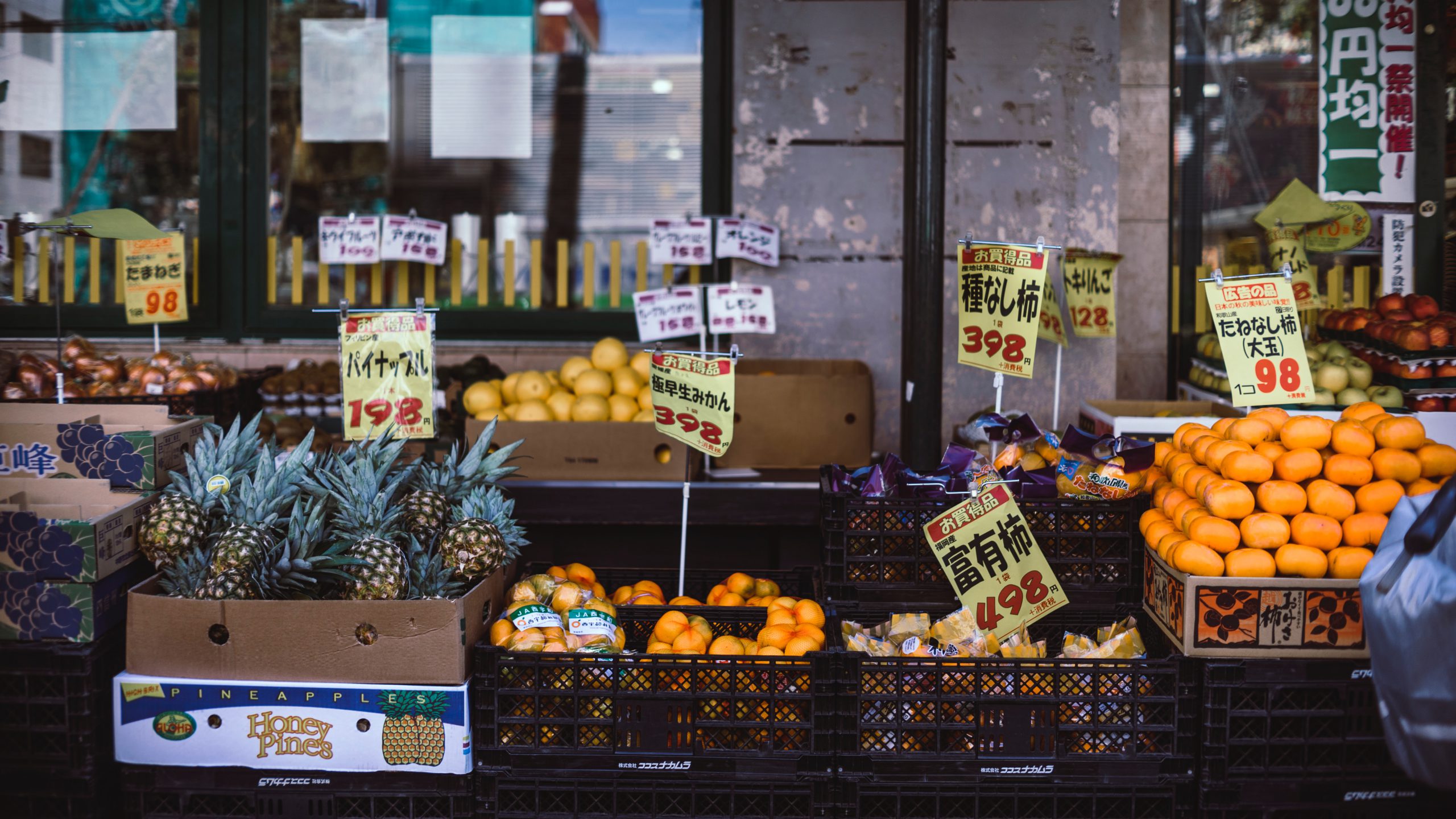In Japan, fruit has a special place in the market different from other countries in the world; it is seen as a delicacy, a luxury food that isn’t eaten as a every day snack like in most other countries in the world. It is for example used a decoration in deserts or as a premium (business) gift. There are strict regulations on size, colour and taste set by the national agricultural organisation, because it is seen as a precious food the looks are very important. Japan has some of the best fruit in the world and fruit picking is a popular activity among both locals and international tourists. Throughout the country, farms offer fruit picking experiences that often include an all-you-can-eat service. Fruits are grown year-round in different regions and in this article we’ll list the popular fruits in Japan, when they are in season and some of the best places that produce these fruits.
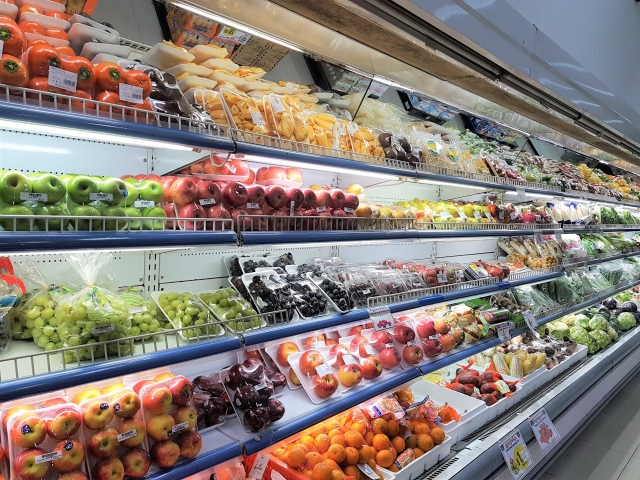
Fruit culture in Japan
In Japan there are many regions that are known for different fruit producing capabilities, the area near the Seto Inland Sea is known for its citrus fruits for example. Because of the regional differences in climate and circumstances, most fruits are produced all year round and at different places. But the because Japan is a stretched country and over 70% is mountainous terrain, making fruit production costly. Though, fruit doesn’t necessarily has to be expensive.
The fruit culture in Japan is rather unique, produced with great care Japanese fruits are often very tasty and rich in flavour. Japan has a climate that is very well suitable for growing different kinds of fruit. The number of rainy days, the high quality of water and a large number of other vegetables available to get a vitamin boost from together have resulted in fruit being considered as a luxury item.
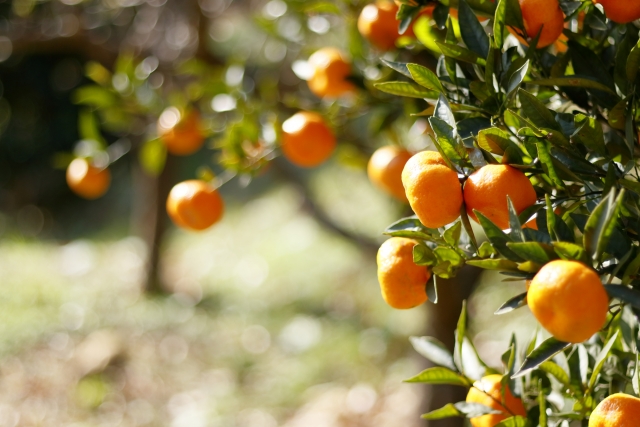
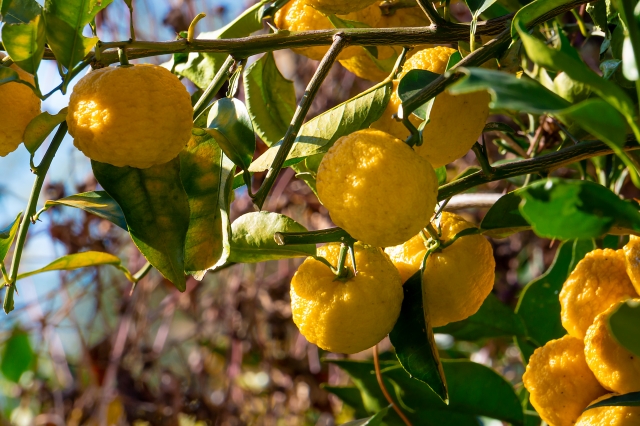
As mentioned above, fruit is often given as a luxurious present to business relations, family or friends or even to yourself. Some Japanese people treat themselves by giving themselves a juicy apple or delicious looking and smelling strawberry. In addition, fruit has also been a common offering in both Shinto and Buddhist religions in Japan since ancient times.
Another popular activity is fruit picking. Many Japanese visit fruit farms in different areas in Japan to enjoy some outdoor fruit picking with the family. Below we have you will find per fruit also a our recommended fruit picking places. Good to remember it that reservations are often required but always recommended, so contact the place before making your way down there to check the current situation.
Popular fruits per season
In the chart below you can find the most popular fruits in Japan and their respective season.

1. Melons
One of Japan’s most famous fruits is melons and probably also the best example of Japan’s luxury fruits. Have you ever seen (pictures of) a square melon? In Japan you can find watermelons that were grown in special cube cases forcing melons to take on a square shape. From the outside they look like a normal watermelon, in terms of color and size, but they are sold unripe to maintain the cube shape. The shikaku suika (literally square watermelon) usually costs around ¥10,000, but sometimes the prices can be as high as ¥20,000 per piece! The Yubari King, grown in Yubari Hokkaido, is another type of melon famous for its high price. In 2019, two Yubari King melons were sold for ¥5 million! These melons are produced with great care and love on a daily basis, and only the perfect ones are grown and even massaged by hand. When visiting Japan in summer, look for the funny shaped melons (square, heart, etc.) or the crazy expensive ones, individually wrapped in beautiful box at the high-end (fruit) stores.
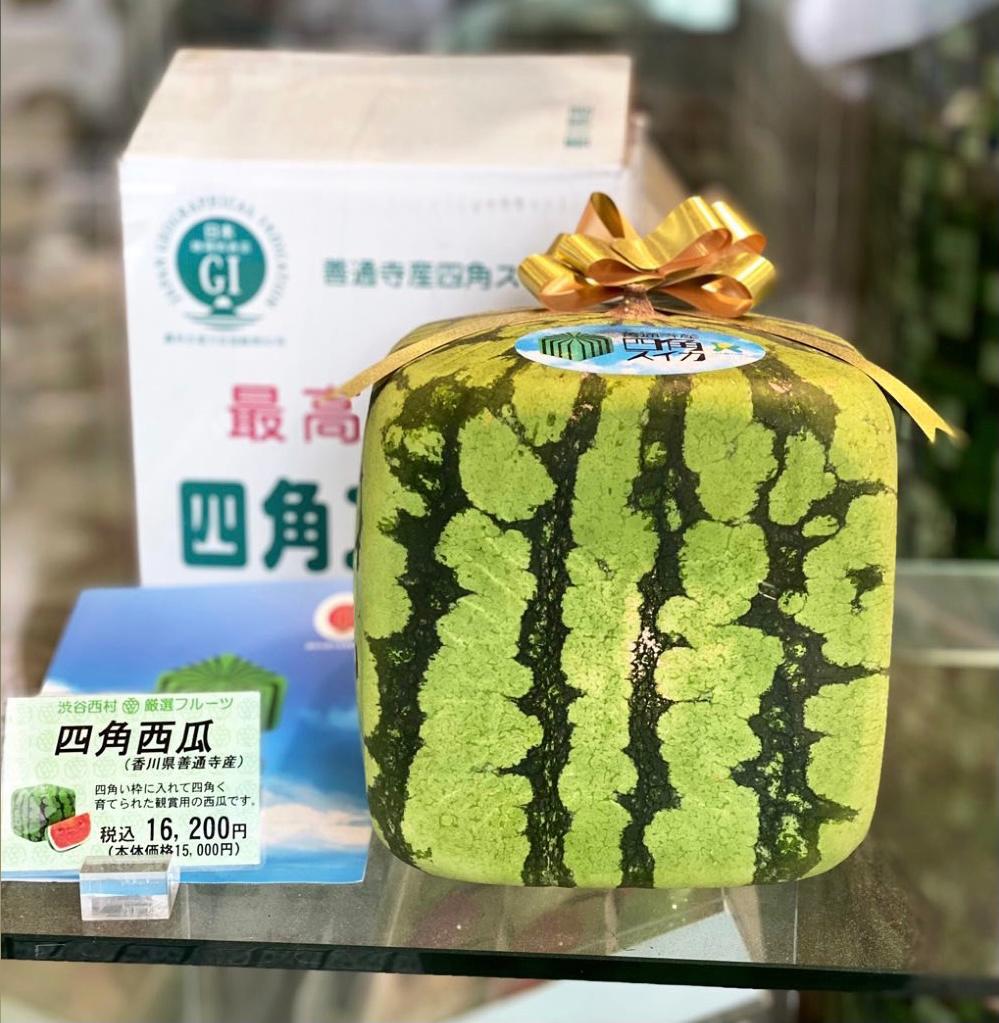
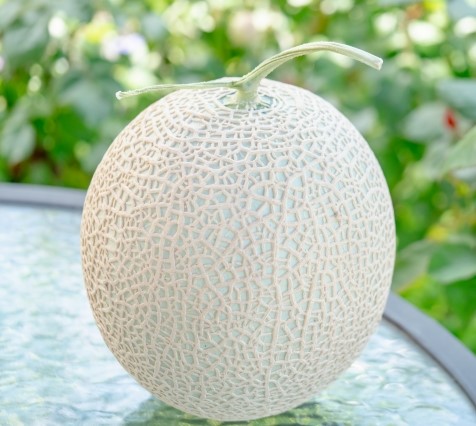
2. Strawberries
There are over 300 different varieties of Japanese strawberries and they are generally large, sweet and juicy. Japanese strawberries are known for their high quality and there are some premium types such as the white strawberries which look like as if they aren’t ripe yet. The prices of strawberries varies somewhere between ¥400 in the normal supermarkets up to ¥4,000 at the speciality stores. The record for the most expensive strawberry is set by Bijin-hime, beautiful princess in Japanese, sold for ¥50,000 for a single piece! The Bijin-hime strawberry can weigh over 100 grams and its sweet taste of strawberries is mind-blowing. Strawberries are well matched with the Japanese kawaii culture and often used in anime, manga and other illustrations. Strawberry picking is one of the popular winter and spring family activities in Japan and can be done at many different places.
Mount Fuji flower season and fruit picking tour
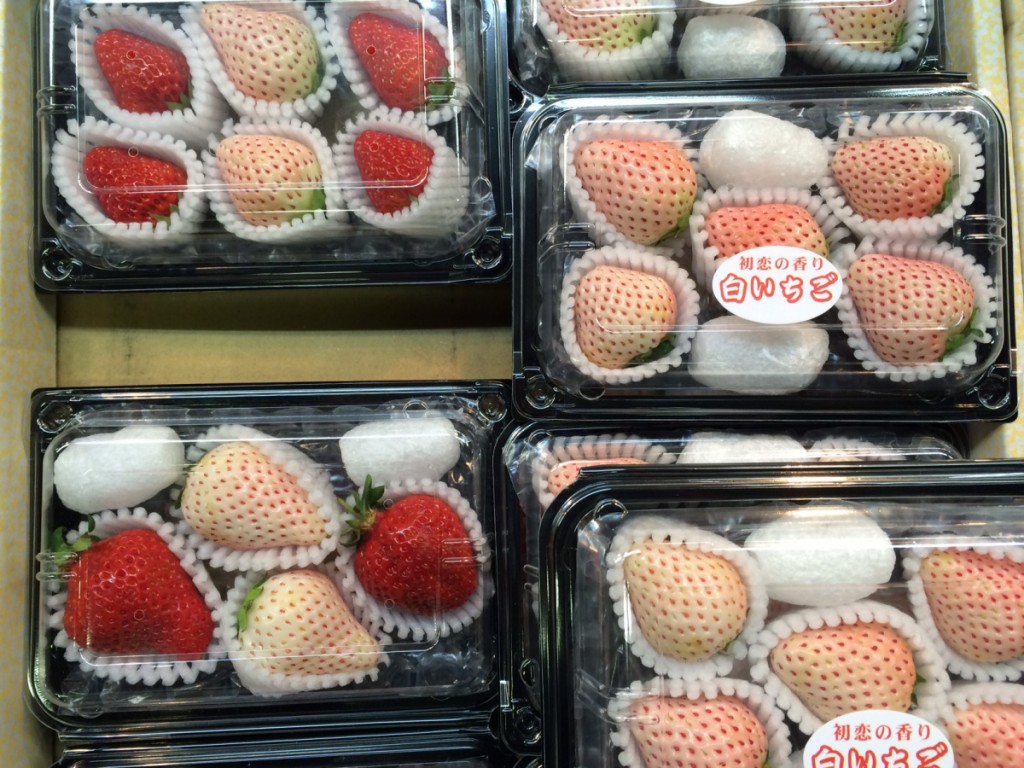

Strawberry season: Strawberries in Japan are in season late winter until spring.
Popular strawberry producing regions: Yamanashi & Tochigi
Strawberry picking
- Ichigo no Sato Farm (Tochigi) – At Ichigo no Sato Farm you can pick three different types of strawberries. ¥1,300 ~ ¥2,100 for 30 minutes unlimited strawberry picking.
- Yoshimura Strawberry Park (Tochigi) – At Yoshimura Strawberry Park located in the Mashiko area you can choose between 6 different types of strawberry picking. ¥1,000 ~ ¥1,600 for 30 minutes unlimited strawberry picking.
- Miharashi Garden (Yamanashi) – Mirahashi Garden offers fruit picking throughout the year; strawberries, peaches, grapes and apples, all can be picked at Miharashien. ¥1,000 ~ ¥2,000 for 30 minutes unlimited strawberry picking.
3. Cherries
Sakura trees are one of the most popular things Japan is known for, and with over 600 varieties of cherry trees, one could think that there must be a large amount of cherries in Japan too. However, the majority of the cherry trees does not produce cherries. In fact, the edible cherries were imported from the West during the Meiji Period. Cherries are a popular summer fruit in Japan, known for their rich taste and bright red color. The most popular Japanese cherry type is satonishiki, a local symbol for Yamagata Prefecture. Yamagata is the number one cherry-producing region, accounting for about 70% of Japan’s total production. There is even a yearly Yamagata Cherry Festival in late May of early June. In general, cherries are a little more expensive compared to cherries in other countries, at the extreme a carton of high-quality cherries can cost up to ¥10,000!
Cherry season: Cherries in Japan are in season in early summer.
Popular cherry producing regions: Yamagata & Yamanashi
Japanese cherry picking in Yamagata

Cherry picking
- Horiuchi Garden (Yamanashi) – A greenhouse that offers cherry picking from May to mid-July, peach picking from mid-July to mid-August and open field grape picking from April until September. Nearby the farm there are also some suburb onsen facilities. ¥2,000 ~ ¥3,000 for 40 minutes unlimited cherry picking.
- Yamagata Cherry land (Yamagata) – Different courses of cherry picking are available for different types, including the satonishiki. ¥1,600 ~ ¥6,000 for 30~60 minutes unlimited picking.
4. Peaches
Peaches are a mid-summer fruit in Japan and are larger, softer and also more expensive compared to peaches from other countries. They are known for the pale pink or even white flesh and delicious sweet taste. The Tohoku region is known for its large peach production, but many Japanese think of Momotaro (peach boy) from Okayama, one of the most popular Japanese folklore stories. The story of Momotaro is about a boy who, together with a dog, a monkey and a pheasant, defeat the ogres of Ogre Island.
Peach season: Peaches are in season from June until August, sometimes even September.
Popular peach producing regions: Yamagata & Fukushima
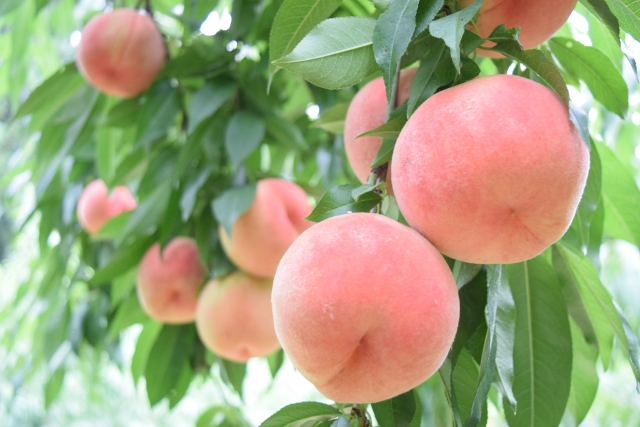

Peach picking
Nakagomi Orchard (Yamanashi) – Nakagomi Orchard offers different kind of fruit picking experiences, including several types of fruit like peaches, apples, and grapes. Costs are between ¥1,000 to ¥4,000 for 30 minutes to unlimited (peach) picking.
5. Citrus fruits
More than 25 different types of citrus fruits are grown in Japan, mostly eaten raw and often used in seasoning for both sweet and savoury food. Mikan is the most popular type of Japanese oranges (kan) and Ehime Prefecture is known as the Land of the Mikans. Blessed with a warm and sunny climate throughout the year, Ehime is a paradise for citrus fruits and Japan’s largest producer of mikan fruits. Yuzu is another type of citrus with a sour taste and a distinctive fragrance. Yuzu is often used in food seasoning and also for drinks. The small, yellow fruit is also placed sometimes in traditional hot baths because of its relaxing fragrance and health benefits. Hiroshima Prefecture is well known for its large citrus fruit production, especially lemons. The prefecture produces more lemons that any other region in Japan. The strangest looking type of citrus fruit you can find in Japan is probably the Bushukan or Buddha’s hand (仏手柑). The fruit has no pulp or juice, but the zest can be used in seasoning.
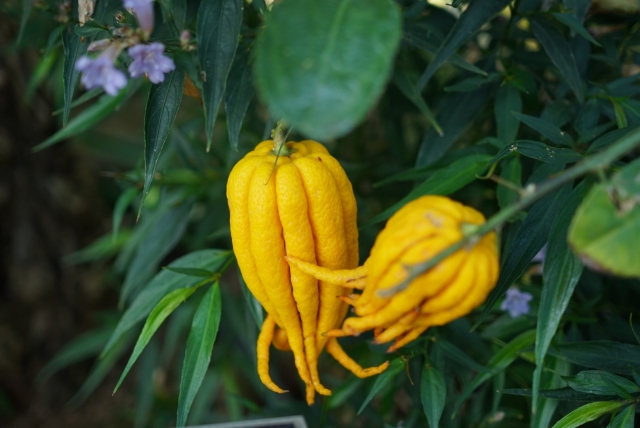
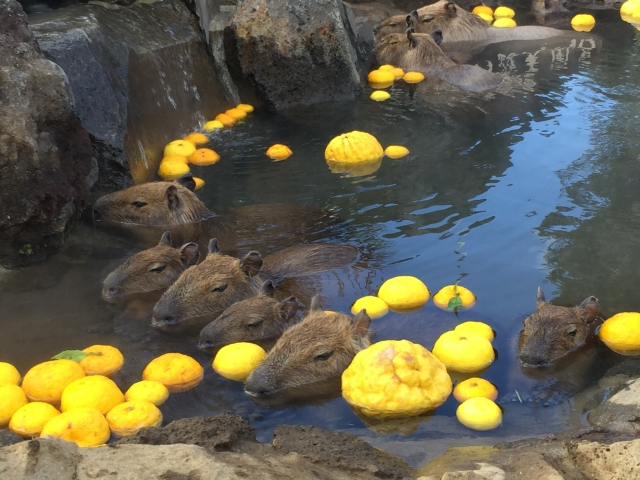
Citrus season: Mikan and Yuzu are in season early winter.
Popular citrus producing regions: Ehime & Hiroshima
6. Apples
Famous for apples, Aomori in Tohoku, is Japan’s leading apple producing prefecture with over 400,000 tons of apples produced annually. The cool temperatures and low rainfall, the weather conditions in Tohoku, are great for the apple production. With its juicy taste, crispy texture and sweet fragrance, the Aomori apple is reputed for being the best apple in the world. There a many different apple varieties and a large number of apple farms too, so apples are grown year round. However, the ideal season to enjoy apples and apple picking would be from September to January. Japanese apples are one of the few fruits that are exported in large quantities and the Fuji apples are the most representative of Japanese apples, making up a majority 55% of all apples harvested in Japan.

Apple season: Apples in Japan are in season in fall and winter.
Popular apple producing regions: Aomori, Iwate.
Apple picking
- Aomori Apple Village (Aomori) – At Aomori Apple Village you can pick two apples for ¥200 from August – mid November.
- Ringo-en (Aomori) – At this small farm you can pick apples, peaches and corn. Costs are between ¥800 to ¥2,000 for a certain weight of time.
7. Grapes
Grapes in Japan are another luxury item and the world’s most expensive grapes are Japan’s Ruby Roman Grapes, produced in Ishikawa prefecture. In 2020, a bunch of Ruby Roman Grapes were sold for ¥1.3 million. As you can imagine there are strict rules when it comes to producing this type of grapes; each grape must weigh at least 20 grams, and have an 18 percent sugar content. Not all grapes are this expensive, in supermarkets or local fruit stores you can find a bucket of grapes for ¥400 to ¥2,000.
Yamanashi is the country’s biggest grape producer and some popular varieties are Kyoho or Pione. These types are known for sweetness and little acidity, they are mostly seedless and can be eaten without peeling the skin. Grapes are available all year round, but the best timing for grapes is from May to the end of October or November.
When talking about grapes, wine is also part of the story. In Japan, wine consumption and wine production is rising. There are about 300 wineries in Japan, but only about 5% of the wine consumed is produced in Japan.
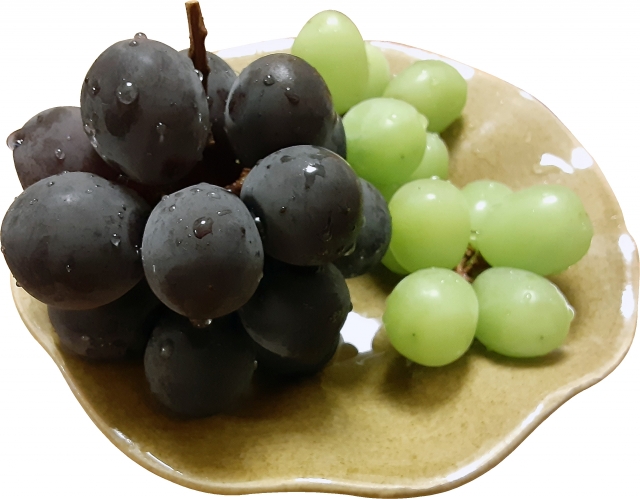
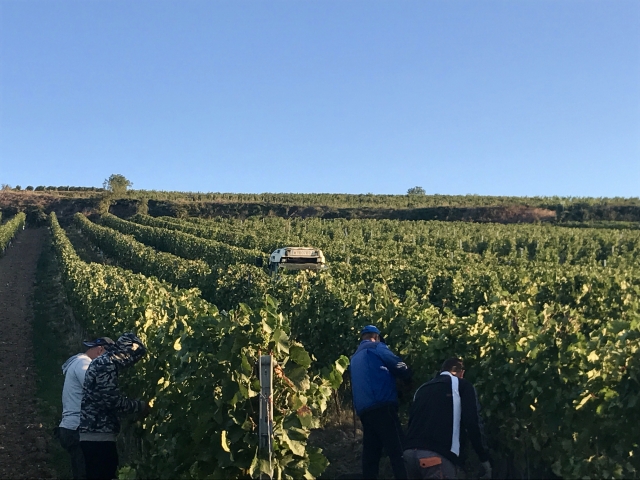
Grape season: Grapes in Japan are in season in fall and winter.
Popular grape producing regions: Yamanashi, Nagano
Grape picking
- Risouen – Here you can pick a variety of fruits including grapes and peaches. There are different options costing between ¥1,100 to ¥2,200 for 40 minutes up to unlimited picking.
- Miharashien – At Miharashien you can pick grapes, but also apples, peaches and strawberries, depending on the season. You can do 40 unlimited picking of ‘normal’ grapes for ¥800 or ¥1,100 for luxury grape picking (Kyoho / Kaiji).
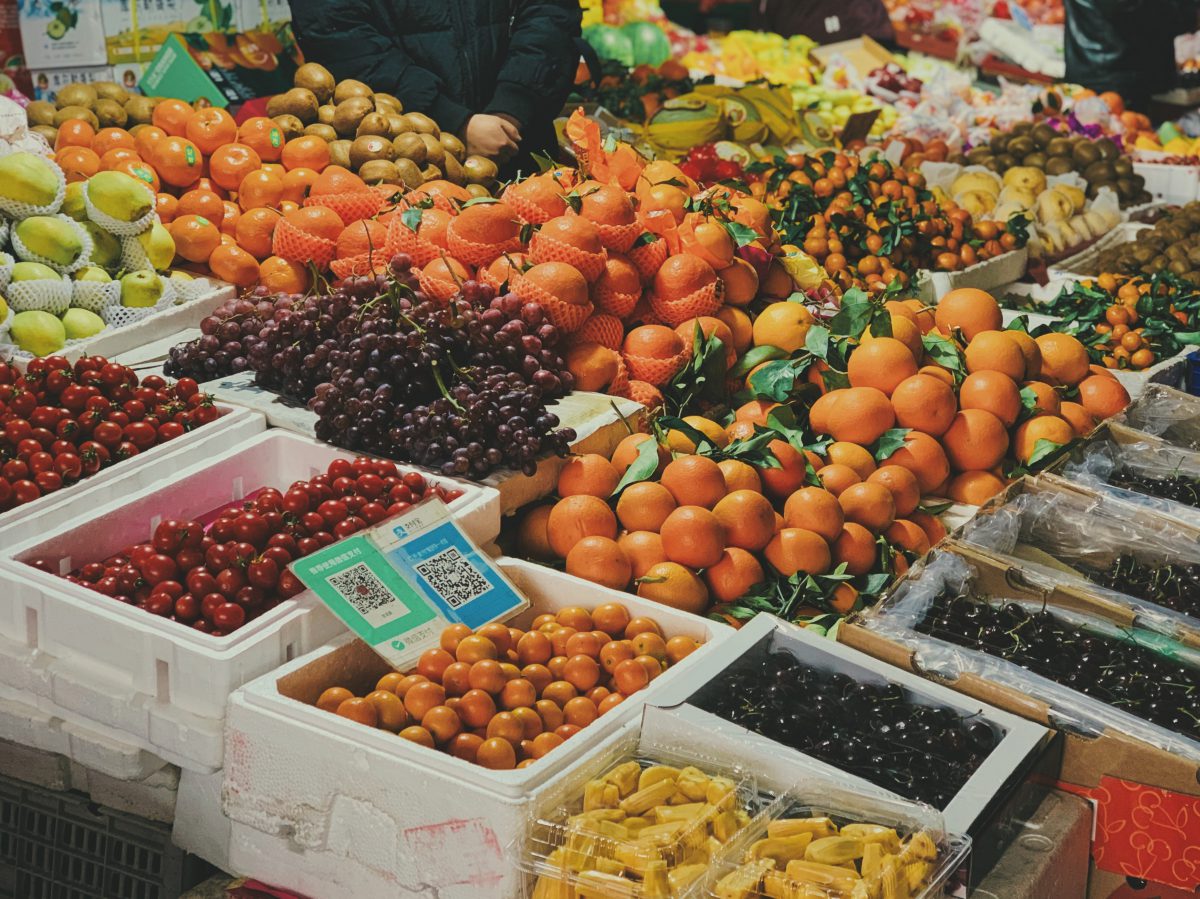
Fruit in Japan is grown with a lot of care and dedication every day. Useless and unhealthy fruits are removed from the trees to let the healthy ones grow carefully. In some cases, fruits are massaged and protected from bad influences like insects, sun or rain. As you can imagine this is a time-consuming and expensive process. This also ensures that fruit produced in Japan is often extremely delicious, with a sweet taste, great texture and awfully juicy.
The downside of the time-consuming and delicate fruit production process is that fruit in Japan can also be highly expensive. Fruit in Japan is seen as a luxury product and a popular gift or offering, and you can find some special fruits like the square shaped watermelons and large, juicy grapes, individually wrapped as some specialty stores too. If you want to see or buy luxury fruits, one way is to go to specialty stores like Tokyo Sembikiya or Shinjuku Takano.
However, not all fruit is expensive, especially at the local fruit and vegetable stores that you can find in every city or in the more rural areas. Especially when the fruits are in season. Head to fruit farms located all over Japan, to pick different kind of fruits. For example visit Yamanashi Prefecture, said to be the Kingdom of Fruits with a climate and soil extremely suitable for fruit production. The major fruit and wine region is also home to many famed hot springs areas, so great for a trip!
Follow us on Instagram, Facebook or Twitter for more travel inspiration. Or tag us to get featured!
Happy travelling!
Articles you might also like
This post may contain some affiliate links. When you click through and make a purchase we may receive some commission, at no extra costs to you
